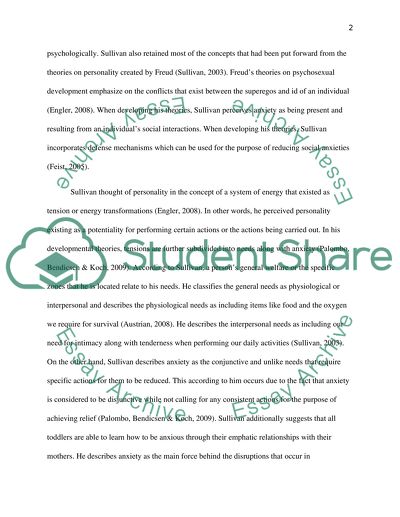Cite this document
(“The Developmental Theories of Harry Stack Sullivan Term Paper”, n.d.)
Retrieved from https://studentshare.org/psychology/1453545-the-developmental-theories-of-harry-stack-sullivan
Retrieved from https://studentshare.org/psychology/1453545-the-developmental-theories-of-harry-stack-sullivan
(The Developmental Theories of Harry Stack Sullivan Term Paper)
https://studentshare.org/psychology/1453545-the-developmental-theories-of-harry-stack-sullivan.
https://studentshare.org/psychology/1453545-the-developmental-theories-of-harry-stack-sullivan.
“The Developmental Theories of Harry Stack Sullivan Term Paper”, n.d. https://studentshare.org/psychology/1453545-the-developmental-theories-of-harry-stack-sullivan.


